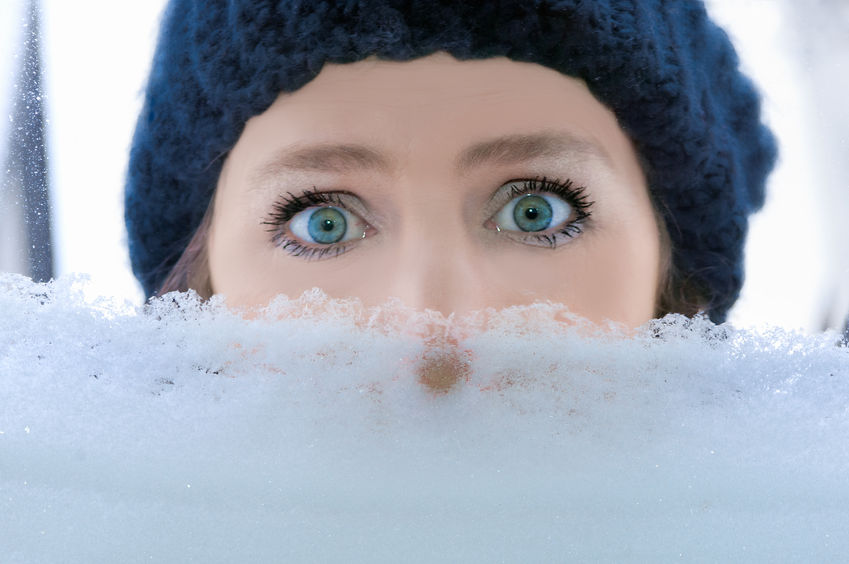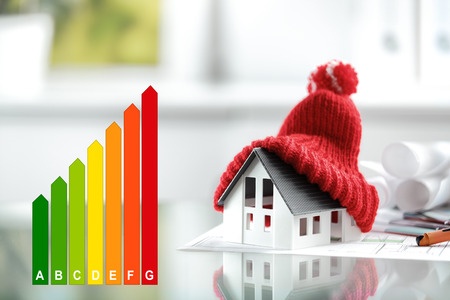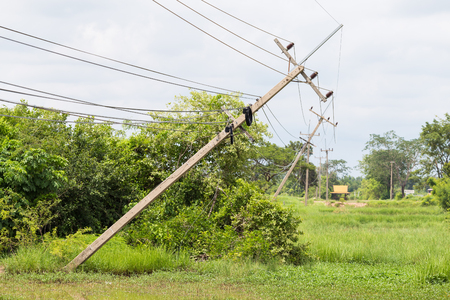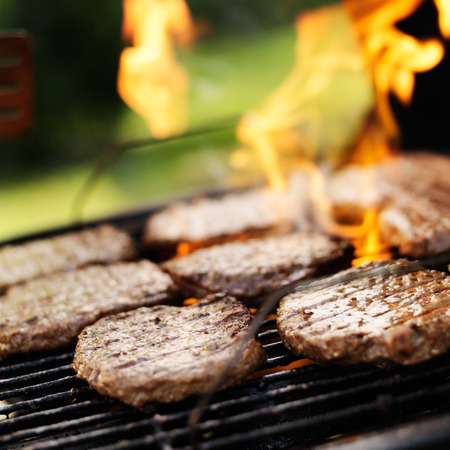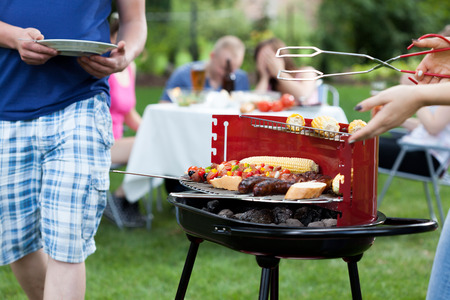As we mentioned, the winter is a busy season for insurance agents due to the spike in claims. But what kind of issues are homeowners experiencing the most this time of year? Here are some examples.
Roof Damage
Most of us don’t pay too much attention to our roofs until they are caving in on us. The added weight of ice and snow can lead to a collapse if you’re not careful. Even if the worst doesn’t happen, it is possible to have to replace some roofing. Make sure your roof is in good condition before winter storms occur.
Fallen Trees
Branches and tree trunks can drop onto your house with little warning or notice, and the results can be devastating. Although you can’t always prepare yourself for this kind of occurrence, you can remove any old or decaying branches before the first snow falls. Look for any trees that may be leaning toward or over your house. Talk with a professional about possible solutions.
Burst Pipes
The pipes inside our homes are not always built to withstand such temperature variations, which means that they could crack or burst if you’re not careful. Improper insulation and installation is usually the culprit, and the results could be a flooded home. Be sure that all pipes all insulated properly, and you might consider using spigot covers during cold months.
Fire Damage
As we mentioned in Preparing Your Home for Winter, your chimney could be a hazard if you don’t get it cleaned. When burning wood in your fireplace, use a fender (a short and long piece of metal that sits on the hearth to protect the rug or floor from flying sparks) and a firescreen. If you are using a space heater, leave plenty of area around the heater and be sure there are no flammable objects near it.
Are You Covered?
Before winter hits, do an insurance review with your agent to ensure that you’re covered from things like falling branches, “acts of God,” as well as other potential damages. You don’t want to wait until a pipe bursts to find out that you’re not covered for such things. Even if you’ve gone years without such a claim, you never know what the future holds. An insurance review could save you thousands of dollars.
Call 265-922-3111 or use our contact form to schedule your insurance review.

